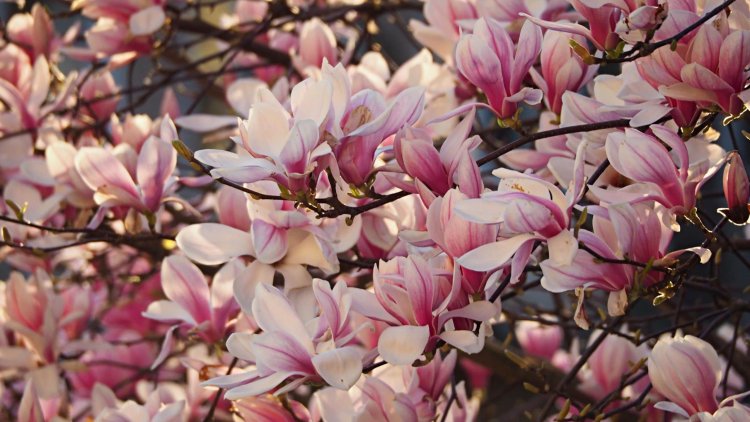How To Grow Magnolia In The Yard

Magnolia is a plant that will add a touch of elegance to your garden!
Magnolia is a lovely plant that adds a touch of opulence to the garden. Magnolia blooms come in a variety of colors, from pure white to pink to dark purple, and even yellow.
In addition, magnolia is a beautiful plant with a great aroma.
Magnolias come in a variety of sizes, from little shrubs to enormous trees, and can be deciduous or evergreen. The majority of plants prefer neutral or acidic soil. Smaller magnolias do nicely in pots if you don't have the correct sort of soil. Certain flowers bloom in the spring and some in the summer.
Magnolia trees or shrubs are a long-term investment since they grow slowly, taking 10-20 years to reach full height. As a result, it is worthwhile to take the time to select the appropriate kind for your garden.
Magnolias require a protected location away from high winds. In the spring, frost may harm flowers. Good growth will be ensured at a location that receives a lot of sunlight. From mid-summer to early-fall, light pruning is recommended. During the summer, make sure the soil does not dry out.
The optimal time to plant magnolias is in the fall or late spring. Because they have shallow roots, you won't need to dig a large hole. Flowering might be hampered if the fleshy roots are damaged.
Place garden compost or leaf mold around the magnolia and check the plant's level to ensure that the grafted point is not buried. Make careful to water the plant often.
The most prevalent issue with magnolia cultivation is a lack of blossoms. Be patient as young magnolias take several years to blossom. Make sure you have the proper soil, which should be neutral to acidic and not alkaline, as well as the right location.
Magnolias require plenty of sunlight as well as protection from high winds and frost, which can harm the blossoms. Stress can also be caused by a lack of water.
Frost damage has turned the leaves black. When the weather improves, new leaves should develop.





























